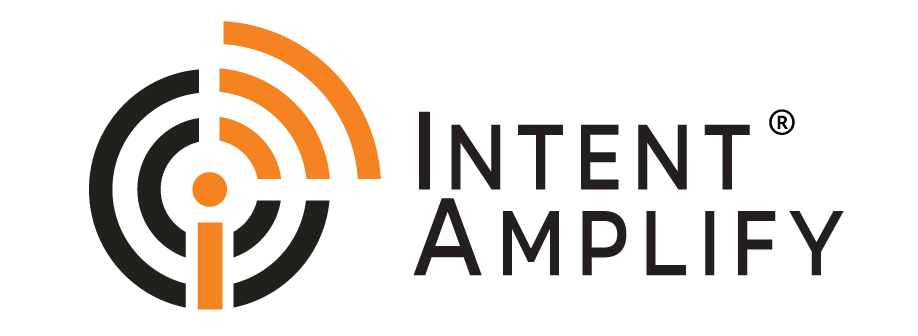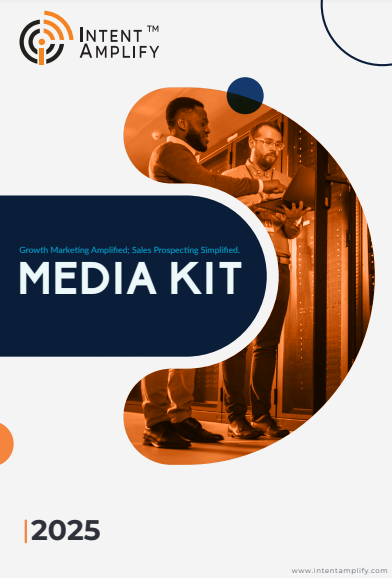
ABM, Demand Gen, and GenAI: The Holy Trinity of B2B
- Last updated on: August 9, 2024
B2B is a space that never stops exciting you. With hordes of players entering the business every second, the sector expands at the speed of our universe. And while we are talking about the marketing universe, how can we skip the… let’s call them…“The Holy Trinity of Marketing” – ABM, Demand Generation, and Generative AI?
Business to Business Marketing Trio
The convergence of these 3 superpowers makes the marketing world go round. They all have their USPs.
- Account Based Marketing for B2B allows you to laser-focus your efforts on high-value accounts, tailoring campaigns for maximum impact.
- B2B Bemand Generation Service casts a wider net, sparking interest in your brand across a broader audience.
- Generative AI, the youngest of the three, brings the power of automation and personalization to the table.
Could these three forces, working in tandem, be the ultimate blessing for B2B marketing success? Let’s explore deeper and examine the potential of this B2B marketing trio.
Decoding the B2B Marketing Trinity: ABM, Demand Generation, and Generative AI
Before we explore their potential synergy, let’s solidify our understanding of each element in this B2B marketing trinity:
- Account-Based Marketing (ABM): ABM is a strategic approach that meticulously targets high-value accounts with laser focus. It involves in-depth research to understand the specific needs and challenges of each account, allowing you to craft highly personalized campaigns that resonate deeply.
- Demand Generation: This is the marketing bread and butter, the strategy that casts a wider net to generate interest in your brand across a larger audience. It utilizes tactics such as content marketing, social media engagement, and email campaigns to nurture leads and push them down the sales funnel.
- Generative AI in B2B: This is the exciting new player, an artificial intelligence (AI) technology that can create entirely new content, not just analyze existing data. Imagine a tireless copywriter who can churn out personalized content at scale. Generative AI can craft social media posts, emails, or even landing pages specifically tailored to each targeted account in an ABM campaign.
ABM: The Deity of Precision Targeting for High ROI
If we go back in time, we see that B2B marketing traditionally relied on a scatter-shot approach, spraying generic messages across a broad audience.
Have you seen the video where numerous ping pong balls are released from a height onto a staircase, aiming for an empty glass at the bottom? Despite numerous attempts, not a single ball lands in the glass, leaving it empty by the end. In the marketing world though, the situation might not be that bad and you can generate a few leads even out of an untargeted broadcast. However, this approach lacks the precision and personalization needed to truly connect with high-value accounts.
Here’s where ABM steps in. ABM believes in focusing resources on a select group of carefully chosen accounts; it allows for deeper engagement and a higher chance of conversion. It’s a more efficient way to secure those coveted big-ticket deals.
Account-Based Marketing (ABM) is a highly focused approach where marketing and sales teams work collaboratively to target specific high-value accounts. ABM focuses on individual accounts rather than broad strategies. It creates personalized campaigns for each target. These campaigns address specific needs and pain points.
The ABM Effect:
- Personalization at Scale: In the realm of ABM, personalization is the principle law. By deeply understanding the specific challenges and objectives of each account, marketers can craft bespoke content and campaigns that truly resonate with their accounts. This heightened level of personalization drives engagement and significantly boosts conversion rates.
- Sales and Marketing Synergy: One of the standout benefits of ABM is the seamless alignment it fosters between sales and marketing teams. This collaborative approach ensures that both departments are working towards common goals, utilizing shared insights and strategies. The result is a more cohesive and efficient operation, with improved communication and execution across the board.
- Superior ROI: The focused nature of ABM naturally leads to higher conversion rates and a more substantial return on investment. By focusing on high-value accounts, businesses can see better results with less waste. This makes ABM a more efficient and effective strategy than traditional broad-spectrum marketing methods.
ABM’s targeted approach excels at boosting engagement and conversion rates. It also enhances the synergy between sales and marketing. This leads to sustained growth and success.
Demand Generation: The Deity of Building Awareness and Interest
Demand Generation involves various marketing activities to create awareness and interest in a company’s products or services. It focuses on identifying potential leads and nurturing them through the sales funnel. The goal is to prepare these leads to engage with the sales team.
The Three Helpers of Demand Generation:
Content Marketing: The angel of Content attracts the right audience by creating valuable and informative content that addresses the exact needs and pain points of potential customers, driving them to engage with the brand.
Lead Nurturing: The angel of nurturing keeps potential leads engaged and informed, moving them gradually through the sales funnel.
B2B Marketing Automation Platforms: The angel of marketing automation is a yielder of tools that help streamline and automate marketing processes, ensuring consistent and timely communication with leads.
These 3 helpers ensure Demand generation activities work without fail.
Generative AI: The Deity of Creativity and Speed
Generative AI makes use of its (artificial) intelligence to create content, analyze data, and optimize marketing strategies. In the context of B2B marketing, it can automate repetitive tasks, provide insights through data analysis, and even generate personalized content at scale.
Special Powers of GenAI in B2B Marketing:
Content Creation: AI can empower tools to generate high-quality content tailored to the specific needs and preferences of target accounts, saving time and resources.
Data Analysis: AI can analyze vast amounts of data to identify trends, segment audiences, and provide actionable insights, enhancing decision-making processes.
Personalization at Scale: Generative AI can create personalized messages and content for a large number of accounts, maintaining the essence of ABM while scaling efforts.
The Synergy: Integrating ABM, Demand Generation, and Generative AI
When together, ABM, Demand Generation, and Generative AI form a comprehensive and effective B2B marketing strategy. Here’s how they work:
- Enhanced Targeting and Personalization: ABM provides the framework for identifying and targeting high-value accounts. Generative AI enhances ABM efforts by creating personalized content and messages at scale, ensuring that each account receives tailored communications.
- Efficient Lead Nurturing and Engagement: Demand Generation strategies build awareness and generate interest among potential leads. Generative AI automates lead nurturing processes, ensuring timely and relevant communication with leads, keeping them engaged, and moving through the sales funnel.
- Data-Driven Decision Making: Generative AI examines data from ABM and Demand Generation efforts. It offers insights to refine targeting, optimize campaigns, and enhance marketing strategies.
IBM leverages ABM to target high-value enterprise accounts. By integrating Generative AI, they create personalized content and messaging, enhancing their ABM campaigns. Their demand generation efforts are streamlined through AI-powered data analysis, resulting in more effective lead nurturing and higher conversion rates.
Likewise, Salesforce uses a combination of ABM and Demand Generation to target key accounts and build awareness. Generative AI plays a crucial role in personalizing their outreach and automating lead nurturing, ensuring that potential customers receive timely and relevant information.
Conclusion:
The integration of ABM, Demand Generation, and Generative AI represents a transformative approach in B2B marketing. Each component is strong alone, but together they form a holistic strategy. This enhances targeting, personalization, engagement, and efficiency. Leveraging each element’s strengths leads to higher ROI. It also aligns sales and marketing efforts better. Ultimately, it drives greater success in the competitive B2B landscape.
As technology continues to evolve, the prominence of this “Holy Trinity” in B2B marketing will only grow, offering new opportunities for innovation and growth. Embracing this integrated approach could be the key to staying ahead in the ever-changing world of B2B marketing.




